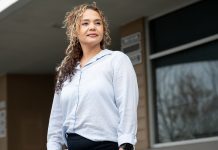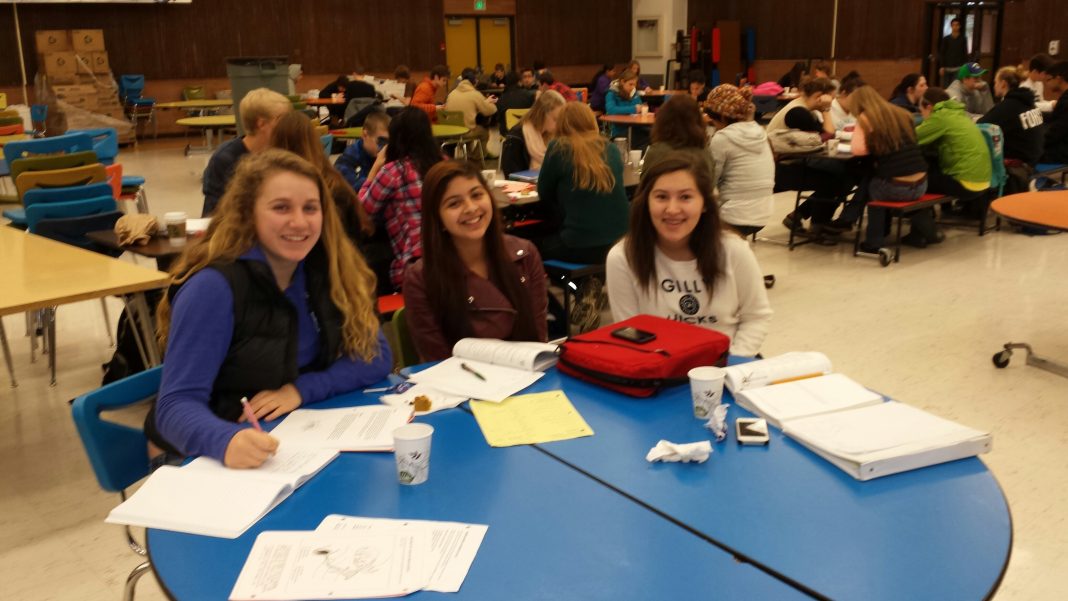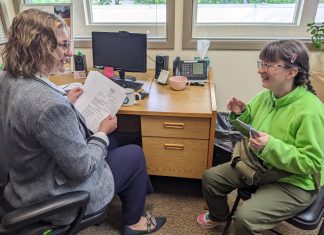The Bellingham School district, like every school district, is on an unceasing mission to increase graduation rates at the local high schools. Every year, new programs and initiatives are put in place. In 2011, a new student-to-student tutoring program, called “peer mentoring,” was brought to Sehome High School in an attempt to increase student retention. Underclassmen in need of extra academic support were given upperclassmen tutors to meet with once a week. Together they work on homework, study for tests, and complete missing assignments.
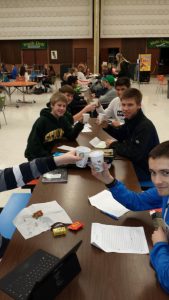
Since then, Sehome’s peer mentoring program has continued working hard to keep students in school but its focus has shifted from pure academics to the development of relationships. Student mentors now complete extensive applications so they can be matched with a mentee that shares some common interests. And although many students like to spend their hour of peer mentoring puzzling out biology homework or studying for an upcoming algebra final, it’s not uncommon or frowned upon for students to simply hang out or play a game of ping pong.
The program’s shift is partially due to the addition of Sehome’s after school Student Learning Center, which is an entirely academically-focused tutoring service, and partially due to the program’s change in leadership.
Amy Brewster, Student Success Coordinator at Sehome, took charge of the program last year. According to Brewster, mentoring is about forming connections. “We feel that if we can get kids more connected with the school, they’ll be more likely to stick around, they’ll want to stick around,” says Brewster. “The goal is to get students to be happier to come to school.”
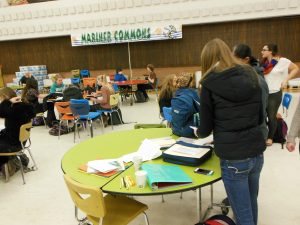
Every student has a unique story and unique hardships. There is no all-encompassing program that will take away all of the obstacles that may be keeping students from coming to school. “Some kids might fail a class or two their freshman year, lose their footing, and lose interest,” says Brewster. “Kids might feel like there’s nothing they can do about it. But there’s really a lot they can do.” A mentor’s job is to help students discover or regain interest in school and, ultimately, in graduating. Peer mentoring is special because it can be whatever the student needs it to be. It can be a place to become more academically confident, or learn time management. It can be a place for a mental break. It can be a place to see a familiar face, and be with someone that will listen, and give advice. It could even just be a place to get a free snack. “It’s about having a whole-person, social connection,” says Brewster, “I have kids in the program who have never talked to anyone at school before, and now they’re eating lunch with their mentor.”
Peer mentoring is special because it can be whatever the student needs it to be. It can be a place to become more academically confident or learn time management. It can be a place for a mental break. It can be a place to see a familiar face and be with someone that will listen and give advice. It could even just be a place to get a free snack. “It’s about having a whole-person, social connection,” says Brewster. “I have kids in the program who have never talked to anyone at school before and now they’re eating lunch with their mentor.”

The program speaks for itself. In sharing her experience with Sehome’s peer mentoring program, a freshman mentee recognizes its social and academic value. “It’s different than having a tutor because you have a better friendship. I have a lot in common with my mentor. She knows me and has taken all the classes I’m in.”
This student’s mentor, in her senior year at Sehome, understands the importance of this connection in the larger context of her mentee’s high school career. “Having a mentor inspires underclassmen to form relationships with upperclassmen and bridge that gap,” she says. “That can be really important in high school. I like being a mentor because as a senior I don’t have many opportunities to interact with underclassmen.”
“Mentoring is for kids who need five more inches of connection,” explains Brewster. Often times, that connection can be the difference between dropping out and graduating.


























